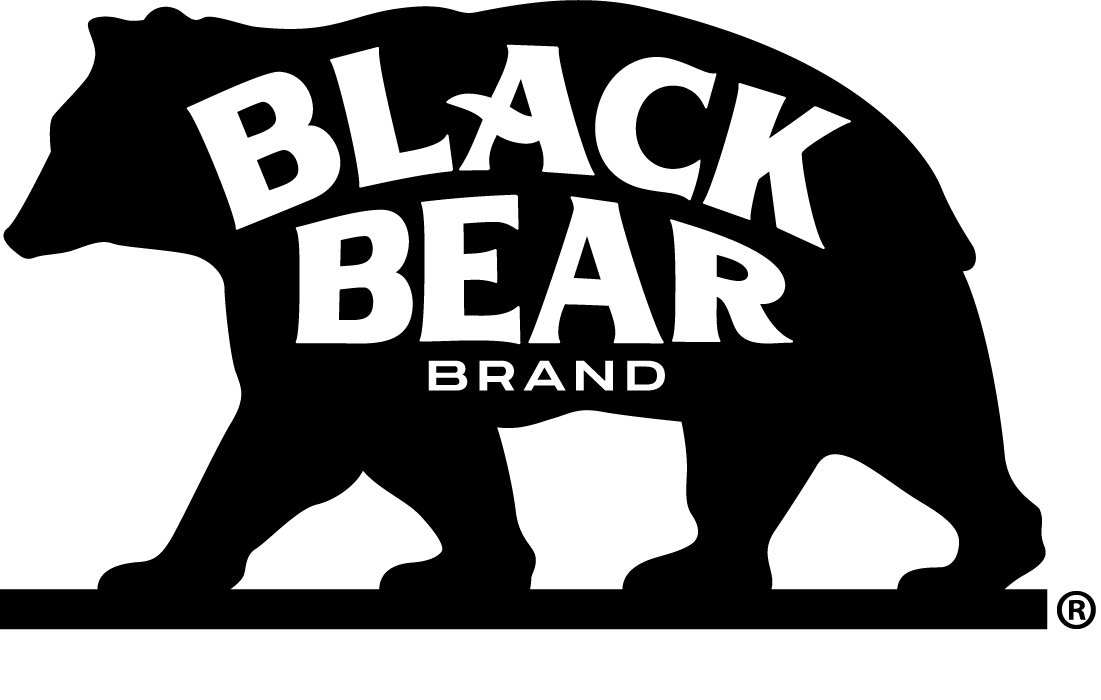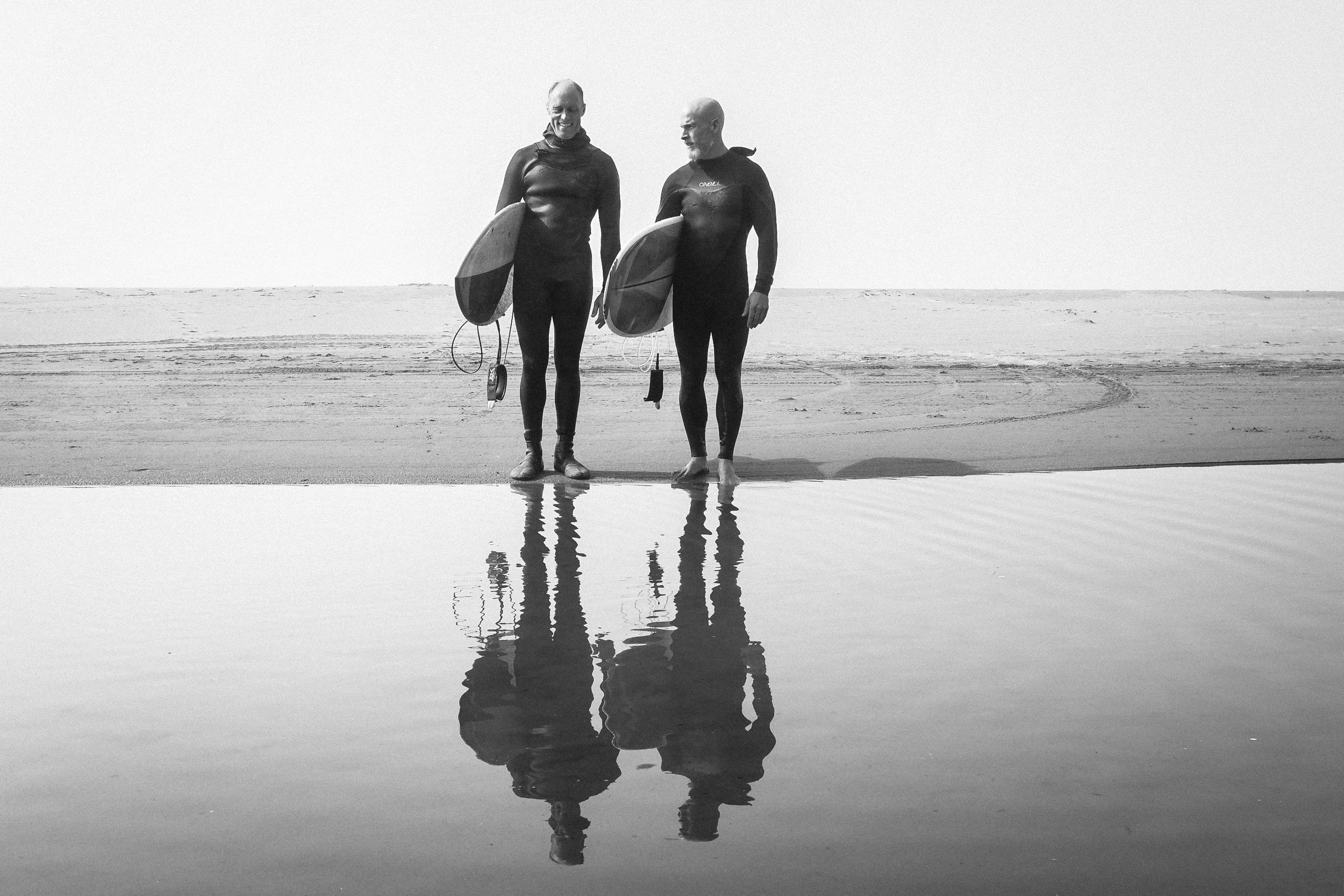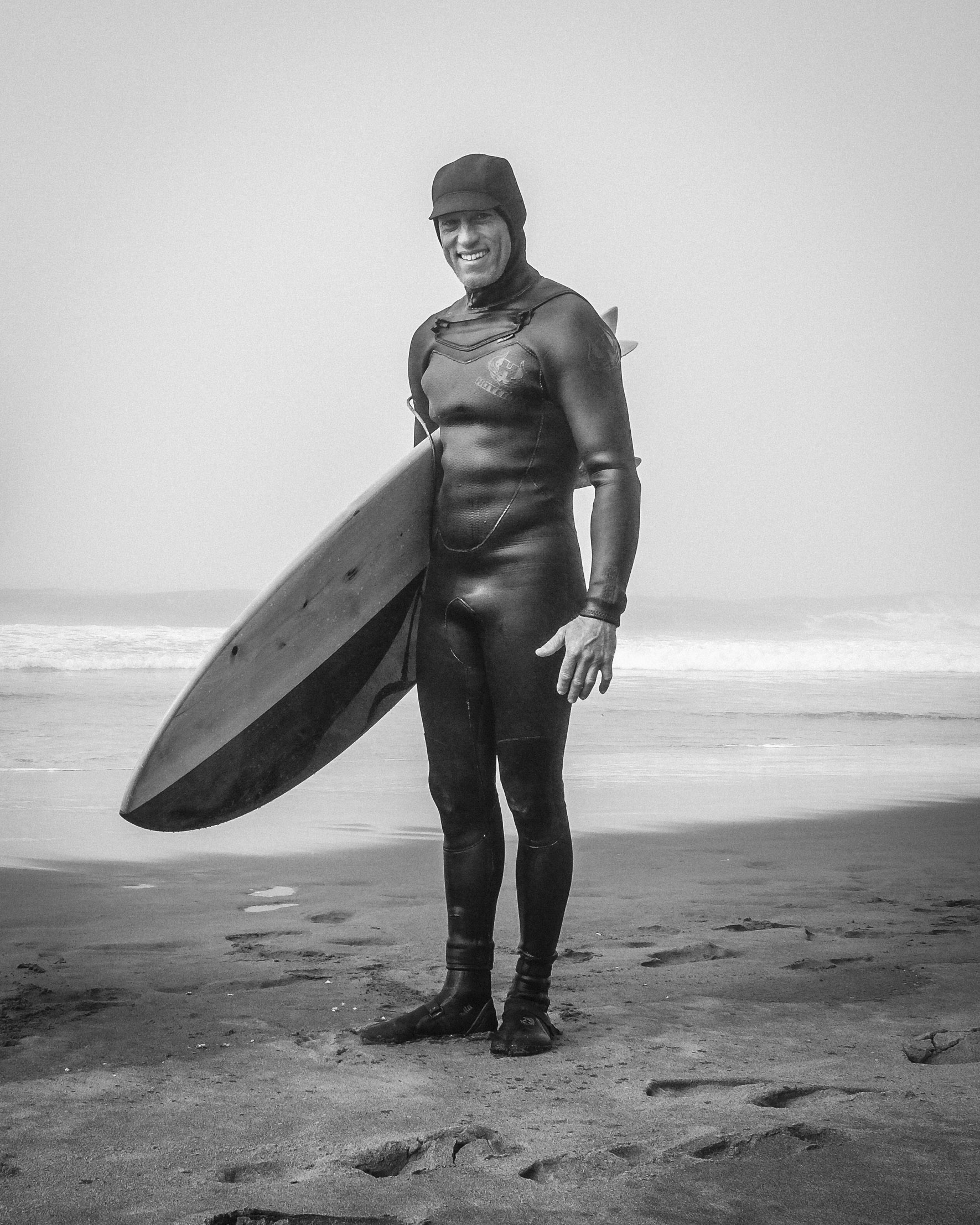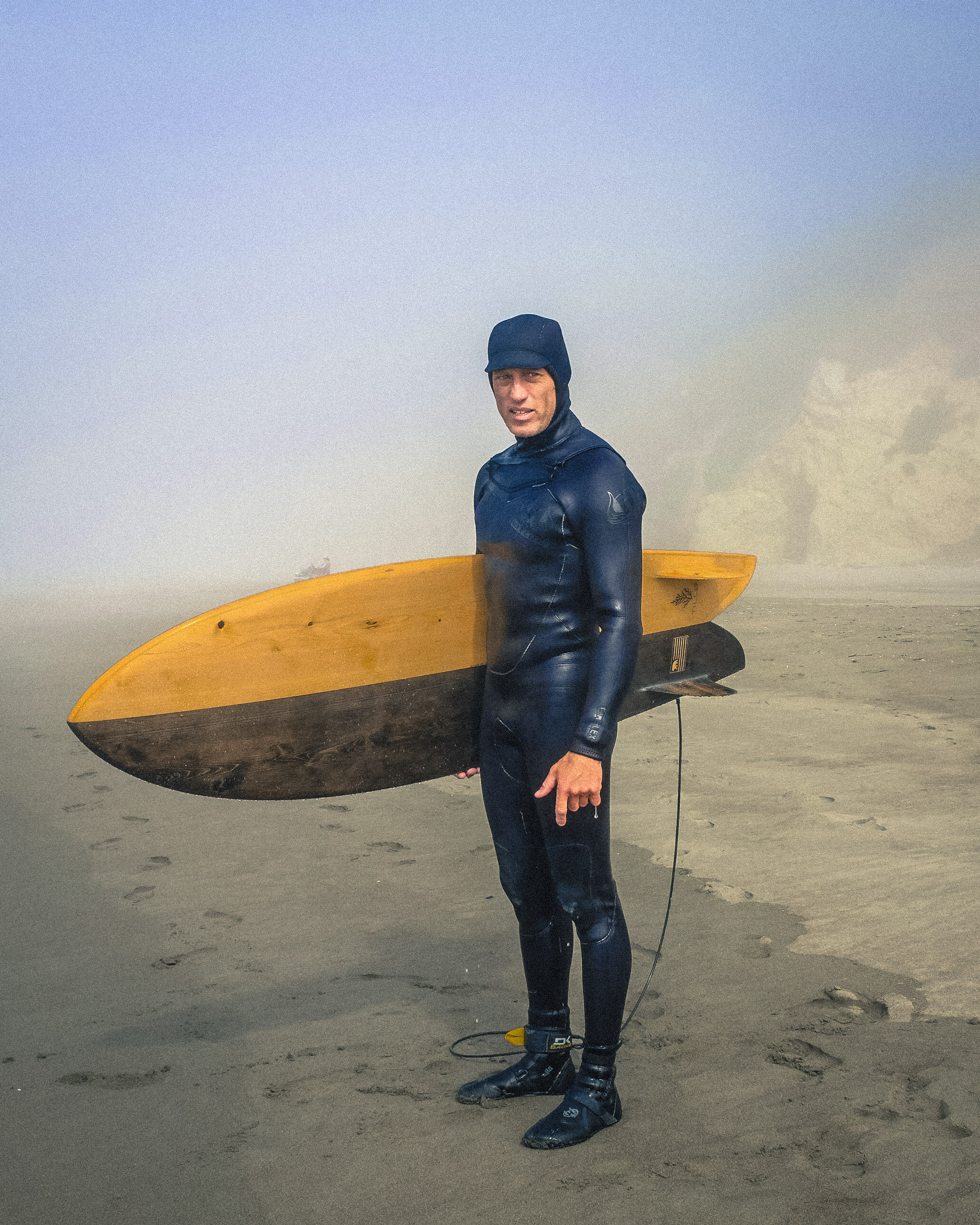Union of Makers: Black Bear Brand x Tilley Surfboards
The Project
An undisclosed surf break, a’66 Lincoln, and a collaboration bred from quality and heritage. The recipe for a true Union of makers: Black Bear Brand x Tilley Surfboards.
The Trip
Seattle to Port Orford, a scenic town on the Oregon coast and home to Tilley Surfboards. Jason Tilley, Master Maker and undisputed surfboard craftsman.
The Result
An ominous day reminiscent of Tilley’s SE Alaskan fishing heritage amid a coveted location veiled in fog. And a beautifully handcrafted fish design set atop a perfect right.
Why
"Building wood surfboards the way I do is a product of everything I have done and have been into since I was a kid. Much of that was passed on by my father. Windsurfing, surfing, sailing, working on wood boats, living and traveling on a small wooden cutter, all these are part of who I am and create the context for my experience and work. Being deeply immersed in the wooden boat scene, especially the working trollers, longliners, packers, gillnetters, and seiners of SE Alaska, gave me an intense appreciation and understanding for how well beauty and function can complement one another. Beauty enhancing function and function enhancing beauty. Most important is how much each adds deeply to the lives of the designers, builders, and users who get to partake in the art and craft. A beautiful soulful object is such a pleasure to use. At every turn it adds to your experience. It promotes proper care and recycling. Beautiful functional craft are restored, resurrected, used and coveted. These boards aren’t meant to be set against the wall and admired as art, because there is also beauty in their use. I like to think that each one of my boards walks that line: were the joy of using it and the joy of looking at it are hand in hand. It has to look stunning. It has to perform well. It has to be made to last." - Jason Tilley
Design
"Once I had met Josh from Black Bear Brand and had determined that we had common interests, aesthetic taste, and values, the obvious step forward was a collaboration board. The traditional fish quickly became our direction because it is able to embody many of those values that we see eye to eye on. With the fish design, we are able to draw something cool from the past and twist it a little with updated concepts. It was an opportunity to build on what has been hard earned—respecting traditions while being creative and forging our own new thing. The template of the collaboration fish draws on the long linage of fish designs, and is my go-to template for traditional fishes. It is a little drawn out and longer than the norm. With this board I focused on the rails, bottom contours and fin template and set-up. The rails lean towards the fuller round rails of a typical modern board. They are about halfway between the low thin rails often seen on traditional fish and a medium full rail. The deck is rolled more than normal, something that I think looks good. The bottom starts with a mellow single concave in the nose, to flat in the middle, and transitions to a vee shape with double concave. I pulled my normal twin fin template a little more upright, which actually is a step back towards the originals. The fins are set with a very slight toe (pointing towards the nose) and cantilever (tips pointing outboard), which is not a true keel fin set up (no toe and no cant). This aspect would make a dyed-in-the-wool traditionalist moan, though the numbers are so small they would need a good eye to determine this is not a straight keel. Tints, wood selection and logos were very much Josh's game with much back and forth and adjustments to pull off the look. I like the Yin and Yang balance, it fits with the idea of new and old, past and present." - Jason Tilley
Build
"The basic build is my standard wood railed construction: a cut and hand-shaped foam blank, select lumber, and milled up deck and bottom skins. The deck is just shy of 1/8" and the bottom just shy of 1/16". These were vacuum bagged onto the blank with a layer of glass and epoxy between the skins and foam. I then cut a little more than 3/8" from the perimeter of the board and laminate the rails on. Instead of the usual nose block I steamed and bent the rails all the way to the nose, doing one side first, trimming and then overlapping the other side on top. I was striving for clean lines and a clean wood canvas to show off the color design and logos. Next, I glued the tail block on. I got into sculpting the tail block, indulging in a little hand tool carving while thinking of wooden boat stems. After shaping down the rails and fairing everything together was logo and color work, followed by a layer 4oz glass in epoxy. Then fill, sand, gloss and polish. This sounds quick in one paragraph, but is no small amount of labor." - Jason Tilley
Photo Credit | Chad Michael Lyons






























